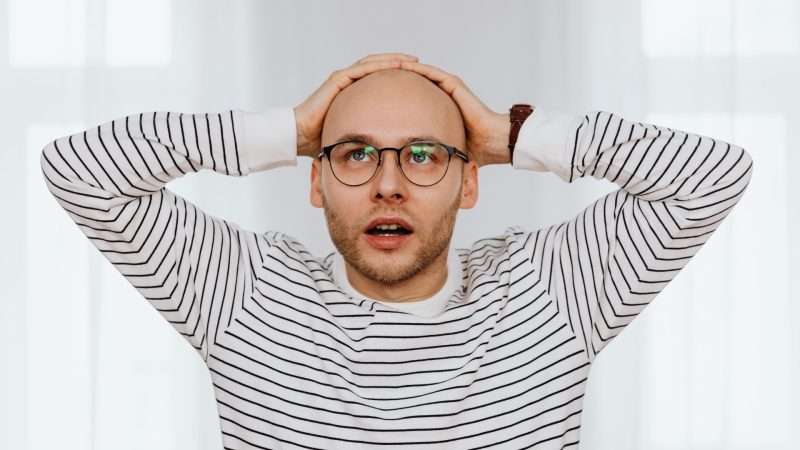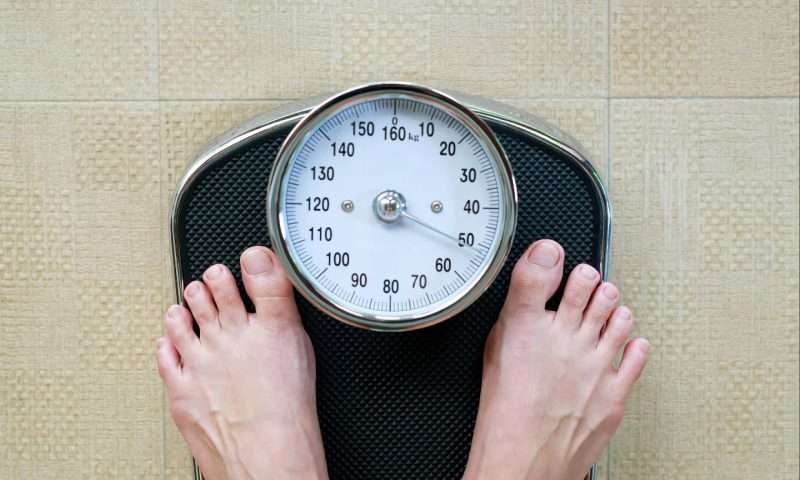We’ve all caught ourselves looking in the mirror, trying to work out if our hairline is receding or you can start to see some scalp on your crown. Some earlier than others and, for some, it happens at pace.
It’s estimated that around two-thirds of men will experience some form of hair loss by the time they reach 35, and by the age of 50, about 85% of men will have significantly thinning hair. Managing the changes in appearance that come with hair loss can be difficult, affecting your confidence and self-esteem.
In this article, we’ve teamed up with Hims, who offer access to treatments for a range of male health concerns, to look into the causes of hairloss, what to look out for and the solutions you can use to help you manage male hair loss.
What Causes Male Hair Loss?
There are several causes of hair loss in men, with some being more common than others. Understanding these factors can help in determining the right approach to managing hair loss.
Genetics
The most common cause of hair loss in men is androgenetic alopecia, also known as male pattern baldness. This condition is hereditary and is influenced by hormones. It causes hair follicles to shrink over time, leading to thinner hair, and eventually, the follicles stop producing hair altogether. Male pattern baldness typically follows a predictable pattern (hence the name), starting at the hairline or crown of the head.
Hormonal Changes
Hair loss can be triggered by hormonal imbalances, particularly those involving dihydrotestosterone (DHT). DHT is a by-product of testosterone and plays a major role in the development of male pattern baldness. When DHT levels increase, it can bind to hair follicles, causing them to shrink and produce thinner hair over time.
Stress
Emotional or physical stress can lead to a condition known as telogen effluvium, where hair follicles prematurely enter the resting phase of the hair growth cycle. This can result in significant hair shedding but is usually temporary and can reverse if the stress is resolved in some way.
Nutritional Deficiencies
Diet plays a crucial role in hair health. Deficiencies in essential nutrients like iron, zinc, vitamin D and protein can contribute to hair thinning or loss. A well-balanced diet is vital for maintaining healthy hair growth.
Medical Conditions and Medications
Certain medical conditions, such as thyroid disorders, autoimmune diseases and scalp infections can cause hair loss. In addition, medications used to treat conditions like cancer, arthritis, depression and high blood pressure may have hair loss as a side effect.

Symptoms of Male Hair Loss
Hair loss symptoms can vary depending on the underlying cause, but some common signs to watch for include:
- Gradual thinning on top of the head. This is the most common form of hair loss in men. It usually starts at the hairline and recedes backward, forming an ‘M’ shape.
- Circular or patchy bald spots.Some men may develop small, circular bald spots, which can also affect facial hair.
- Sudden loosening of hair. Stress or shock to the body can cause hair to loosen and fall out in clumps.
- Full-body hair loss. Certain medical treatments can lead to hair loss across the entire body, though this is usually temporary.
Solutions for Male Hair Loss
While hair loss can be challenging, there are several solutions available that can help slow or even reverse the process.
Medication
- Minoxidil: This medication can be taken orally or you can apply it directly to the scalp. It helps stimulate hair growth by improving blood flow to hair follicles. It is effective for many men within a few months
- Finasteride : A prescription medication taken orally or topically, finasteride works by reducing DHT levels in the body. It is particularly effective in slowing hair loss and, in some cases, promoting regrowth.
Both of these treatments, and more, are available through Hims. Based on your answers to a few simple questions a medical provider will determine if a prescription is right for you, and it all takes place 100% online.
Hair Transplant Surgery
Hair transplant surgery involves moving hair follicles from areas of the scalp with dense hair to areas that are thinning or bald.
Laser Therapy
Low-level laser therapy (LLLT) is a non-invasive treatment that uses laser light to stimulate hair follicles, encouraging hair growth. It’s a newer option and may be used alongside other treatments like medication.
Lifestyle Changes
Managing stress, eating a balanced diet rich in vitamins and minerals and avoiding harmful habits like smoking can contribute to healthier hair and may slow the progression of hair loss.
Wigs and Hairpieces
For men who prefer not to undergo medical treatments or surgery, wigs and hairpieces offer an alternative solution to conceal hair loss and restore confidence
Help With Male Hair Loss
Male hair loss is a common issue that can affect men of all ages, but it’s important to remember that there are a variety of solutions available. The cause will help you towards the right treatment for you, whether it’s with medication through our friends at Hims who make hair regrowth simple, surgery or lifestyle changes. If you’re concerned about hair loss, speak to Hims who can help you find the right doctor-trusted option for you.* *Prescription products require an online consultation with a healthcare provider who will determine if a prescription is appropriate. Restrictions apply. See website for full details and important safety information.







